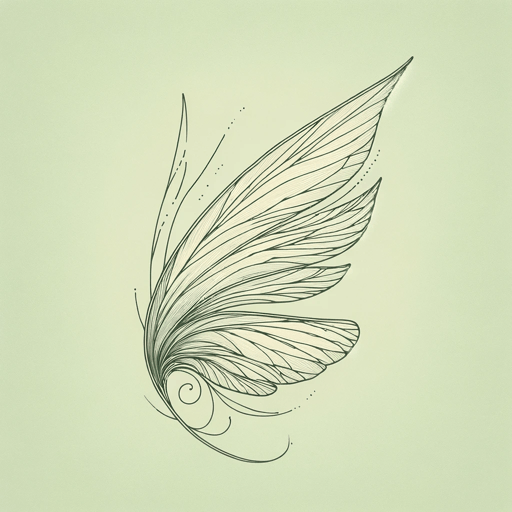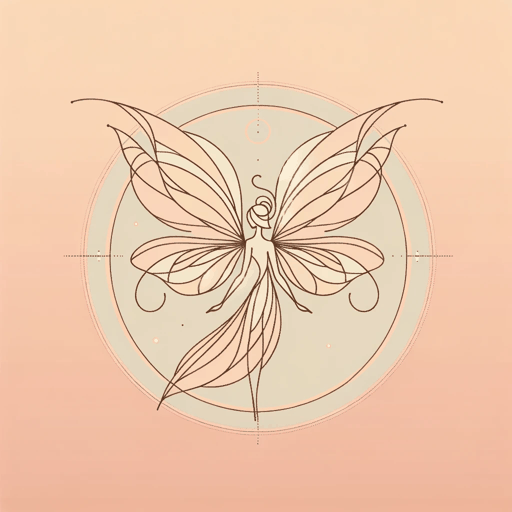49 pages • 1 hour read
Heather FawcettEmily Wilde's Encyclopaedia of Faeries
Fiction | Novel | Adult | Published in 2023A modern alternative to SparkNotes and CliffsNotes, SuperSummary offers high-quality Study Guides with detailed chapter summaries and analysis of major themes, characters, and more.
Symbols & Motifs
Natural World
Faeries are often described as linked with the natural world in literature. The faeries explored in Emily Wilde’s Encyclopaedia of Faeries are not an exception. Unlike the descriptions for the novel’s human characters, with the emergence of each faerie character, Fawcett employs imagery and metaphor to relate their appearances to the natural world. Even when Wendell’s identity is still in question, the descriptions of his appearance and behavior are related to the natural world. When explaining the allure of Wendell’s eyes, Emily claims: “[they’re] not actually black, but the green of a forest at dusk, something you notice only when you are very close. [She] ha[s] seen people become lost in that gaze, foolishly wandering about and entangling themselves in thorns and God knows what else” (63). By relating his eyes to foliage green and meeting his gaze like getting lost in the forest, Emily subtly alludes to his faerie ancestry.
The changeling in Mord’s attic is described as “pale as moonlight on slow” with long, blue and translucent hair, and “upon his skin was a glimmer like frost” (75). In addition to his physical descriptions, which are in relation to weather and landscapes evident in the natural world, the faerie’s illusions he conjures to frighten his foster parents and their guests depict the natural world as well.


